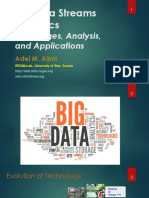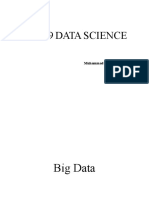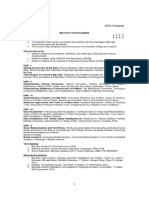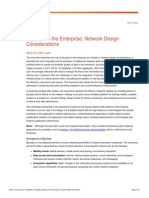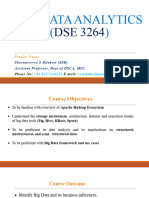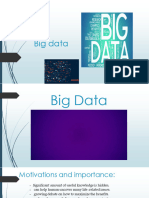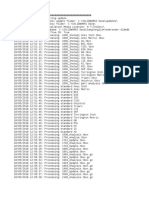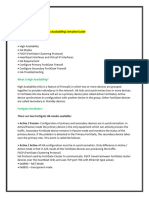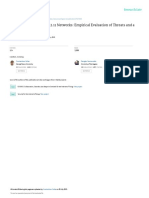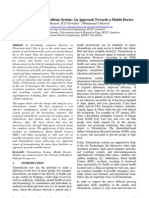0% found this document useful (0 votes)
17 views70 pages0 Principles of Big Data
The document provides an overview of Big Data, highlighting its significance as a key resource in the modern world and the exponential growth of data generation. It discusses the evolution of Big Data systems from 1.0 (Hadoop) to 2.0, emphasizing the shift towards domain-specific, optimized systems and the impact of the Internet of Things (IoT). Additionally, it addresses the challenges of data overload and the need for new computational architectures to process vast amounts of data effectively.
Uploaded by
Karim OsamaCopyright
© © All Rights Reserved
We take content rights seriously. If you suspect this is your content, claim it here.
Available Formats
Download as PDF, TXT or read online on Scribd
0% found this document useful (0 votes)
17 views70 pages0 Principles of Big Data
The document provides an overview of Big Data, highlighting its significance as a key resource in the modern world and the exponential growth of data generation. It discusses the evolution of Big Data systems from 1.0 (Hadoop) to 2.0, emphasizing the shift towards domain-specific, optimized systems and the impact of the Internet of Things (IoT). Additionally, it addresses the challenges of data overload and the need for new computational architectures to process vast amounts of data effectively.
Uploaded by
Karim OsamaCopyright
© © All Rights Reserved
We take content rights seriously. If you suspect this is your content, claim it here.
Available Formats
Download as PDF, TXT or read online on Scribd
/ 70


